Order Araneae Family Theraphosidae Rank Species | Higher classification Avicularia | |
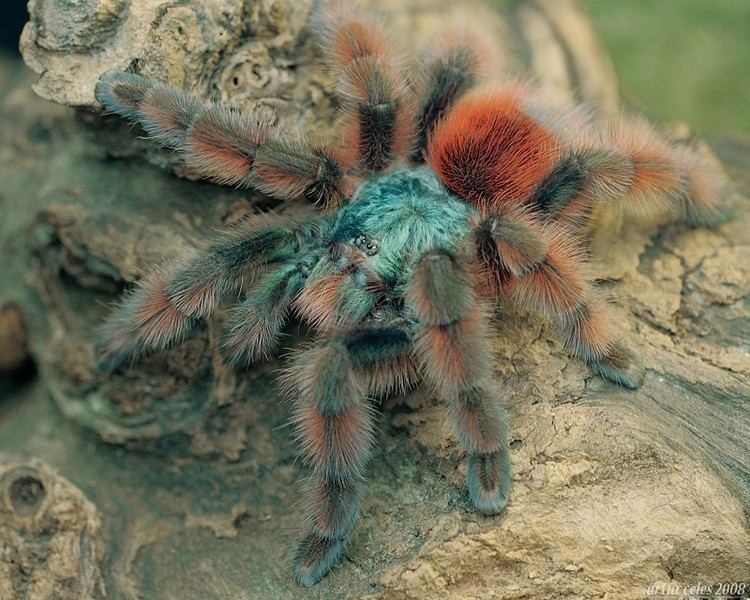 | ||
Similar Avicularia, Tarantula, Pinktoe tarantula, Greenbottle blue tarantula, Brachypelma | ||
Tarantula feeding avicularia versicolor antilles pinktoe tarantula spiders n inverts 22
The Antilles pinktoe tarantula (Avicularia versicolor), also known as the Martinique red tree spider or the Martinique pinktoe, is native to Guadeloupe, Dominica and Martinique in the Caribbean Sea. It is popular as a spider pet because of its docile character and unique coloration.
Contents
- Tarantula feeding avicularia versicolor antilles pinktoe tarantula spiders n inverts 22
- Care
- Feeding
- Temperament
- Enclosure
- References
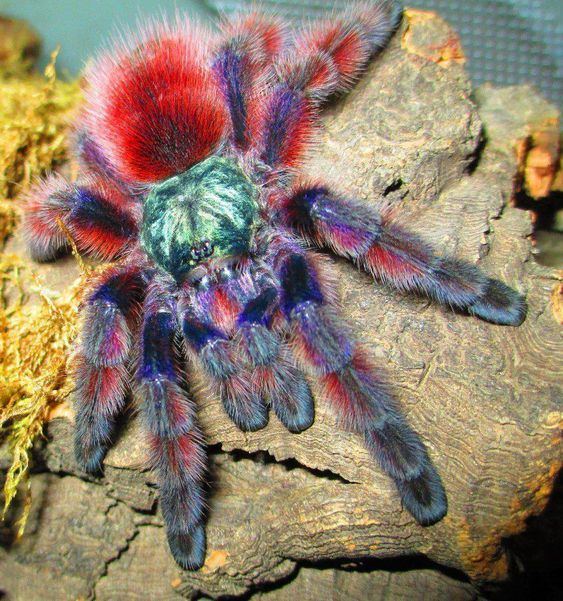
Antilles pinktoe tarantulas are arboreal (tree-dwelling). They spin elaborate funnel webs in which they spend most of their time. Accordingly, in captivity, cage height is much more important than floor space. Decor consists of tree branches or cork pieces to which the spider can attach its web.
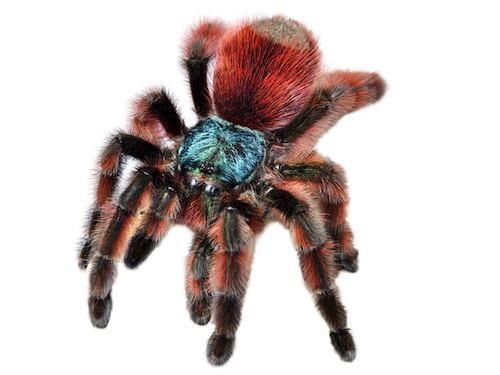
Spiderlings of A. versicolor are bright blue, with a black tree trunk pattern on the abdomen. As they grow, they gradually lose their blue coloration; the carapace turns green, the abdomen red, and the legs turn green with pink tarsi and a covering of purple hairs. The species is in general more colorful than the related Pinktoe tarantula. Males usually are slightly more brightly colored than females. As in most tarantula species, males do not grow as large as females, and their abdomens are smaller than those of females, even in proportion to their size.
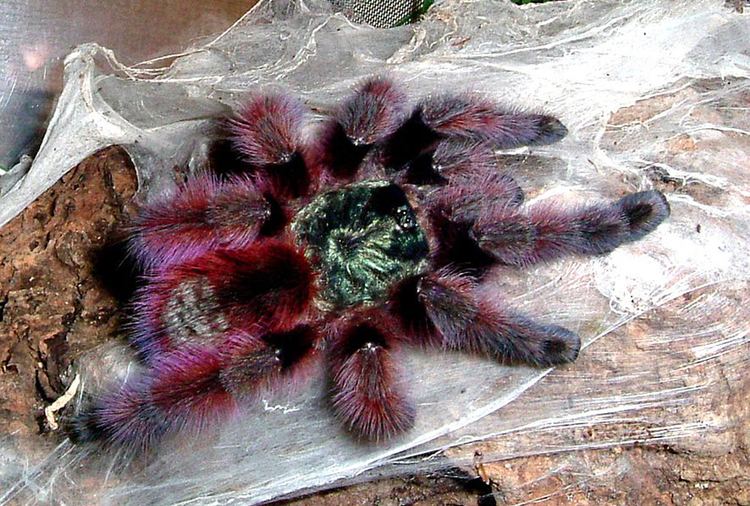
Care
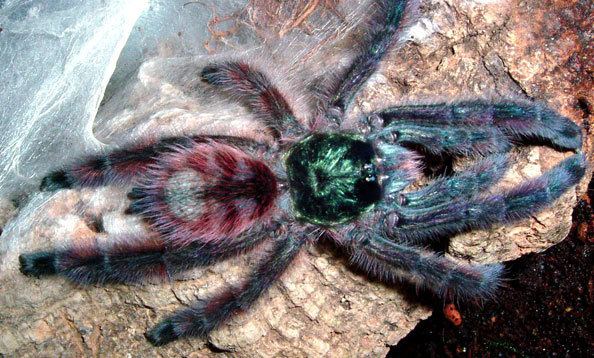
This tarantula requires a delicate balance of good ventilation and high humidity. A terrarium with a screen top and daily misting achieves that balance. The Antilles do well at a temperature of around 75 degrees F, but will tolerate temperatures ranging from 60 to 82 degrees F. They enjoy high humidity- ideally between 70 and 80 percent relative humidity.
Feeding

The Antilles pinktoe is an aggressive feeder and will eat anything from crickets, worm, grasshoppers, cockroaches, beetles, moths, and other flying insects, to anole lizards. They will also take mealworms and moth larvae, but these have to be given sparingly due to their fat percentage and the calcium-phosphorus proportions.
Temperament
Antilles pinktoes are naturally docile, although they are quick and can jump up to 30 cm far or high. They are the sole genus possessing type II urticating hairs for defense, but unlike terrestrial new world tarantulas they generally do not kick them, choosing to instead press them against the perceived threat when used. Bites from this type of spider are rare, if provoked it flees. Bites are not dangerous; comparable to a wasp sting.
Enclosure
A setup highly recommended for these arboreal species is providing it with plenty of objects in the enclosure to climb around. This enclosure has to also be well ventilated, else this results in mildew and mold. Since these tarantulas are arboreal (living in tree), they are more inclined to make their webs closer towards the top of the enclosure. For this reason, it is highly recommended to purchase an enclosure that opens from the side, not the top. This prevents unnecessary stress unto your pet tarantula when opening the enclosure.
